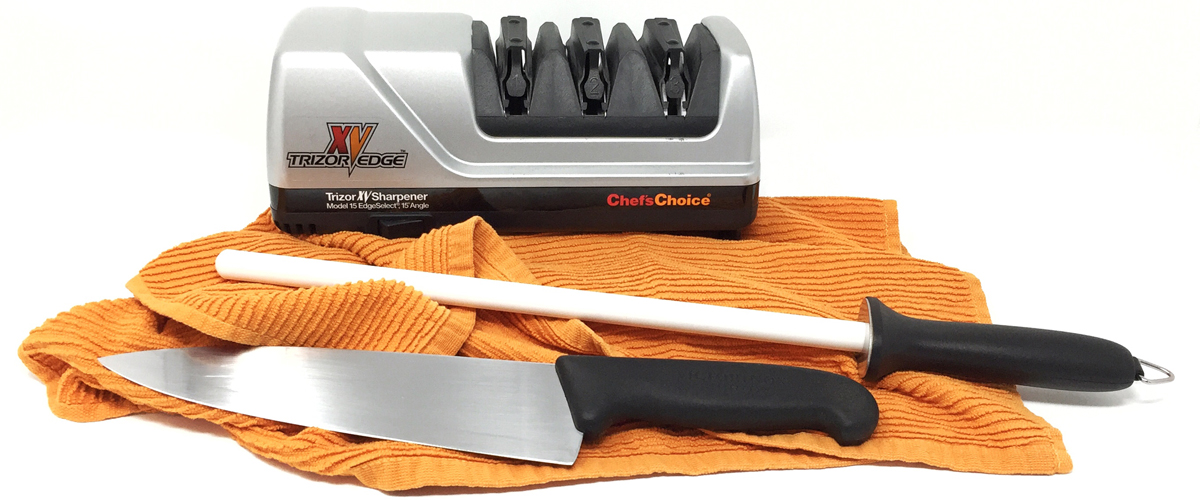Surprised? Don’t be. Did you ever stop to think that every time your knife edge makes contact with food, a plate or a cutting board, it gets a bit duller? Imagine how much damage is done to that poor blade by hundreds or even thousands of cuts? Luckily, we’ve put together Knife Care 101, a set of do’s and don’ts that will help every home cook keep their knives in tip-top shape.
